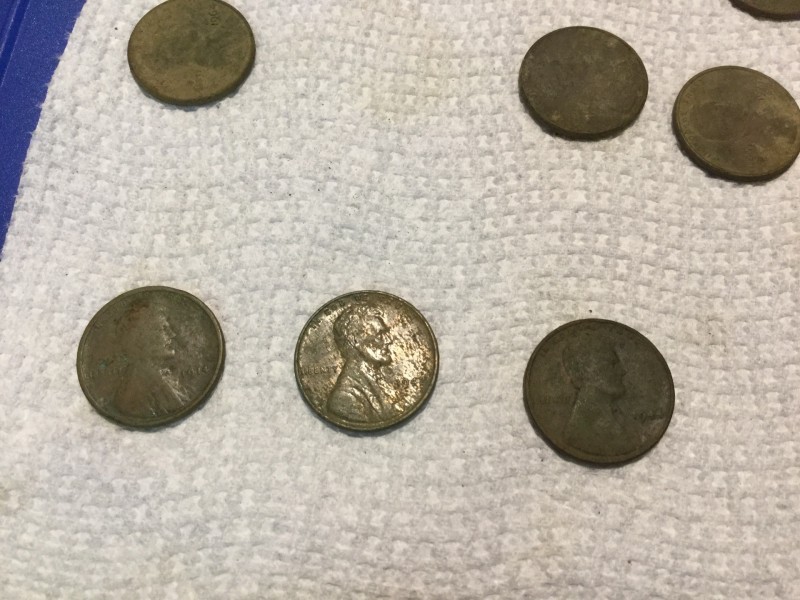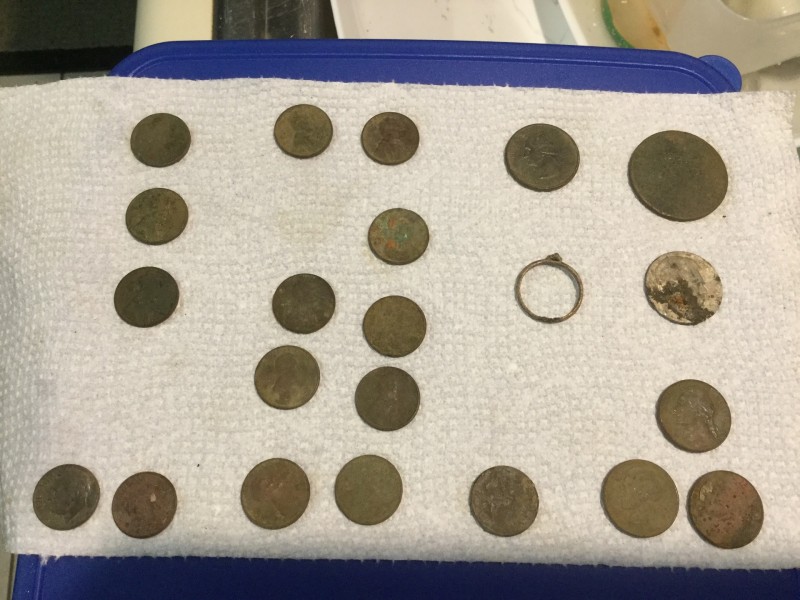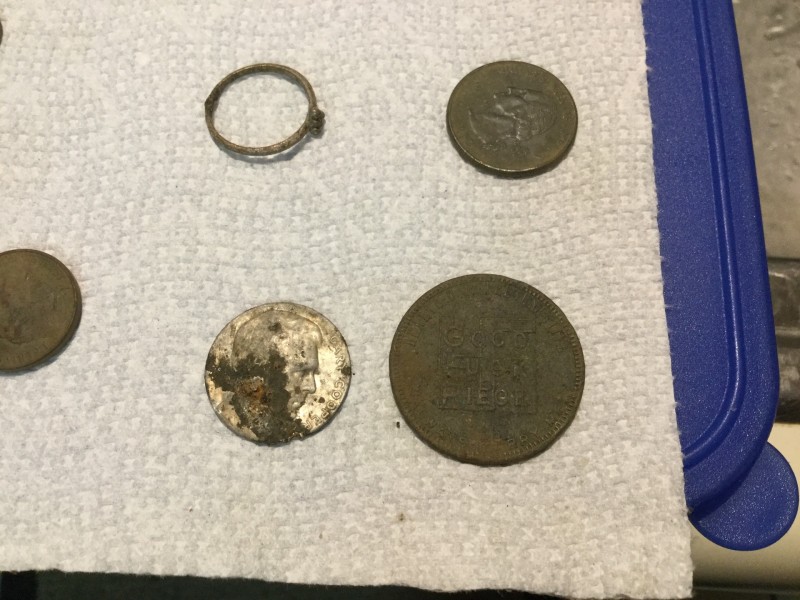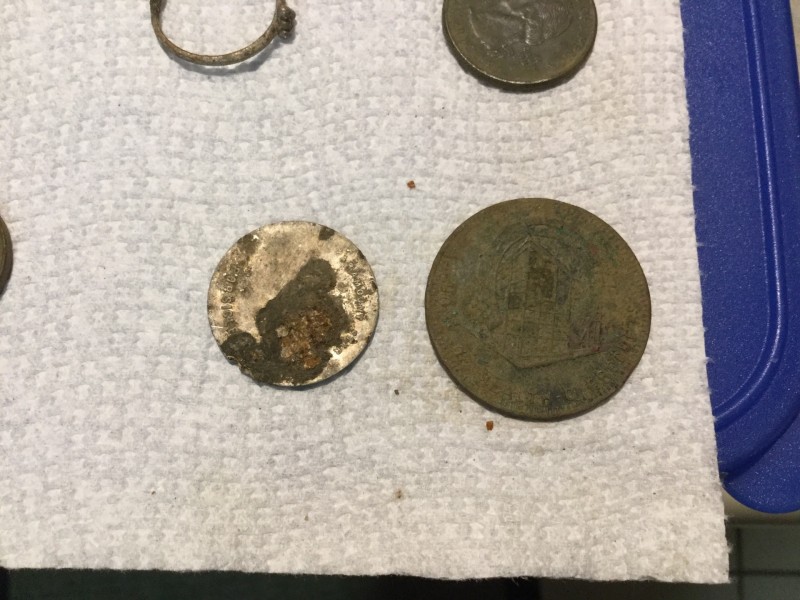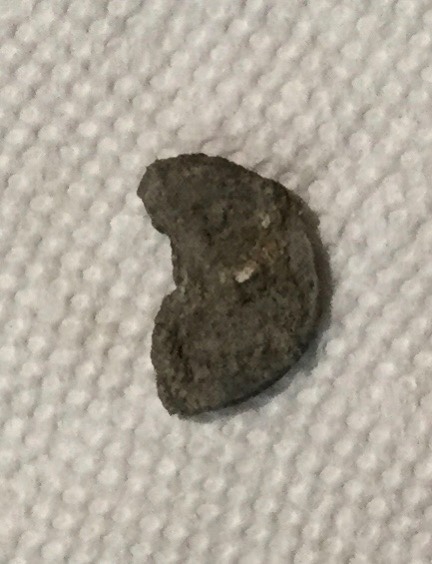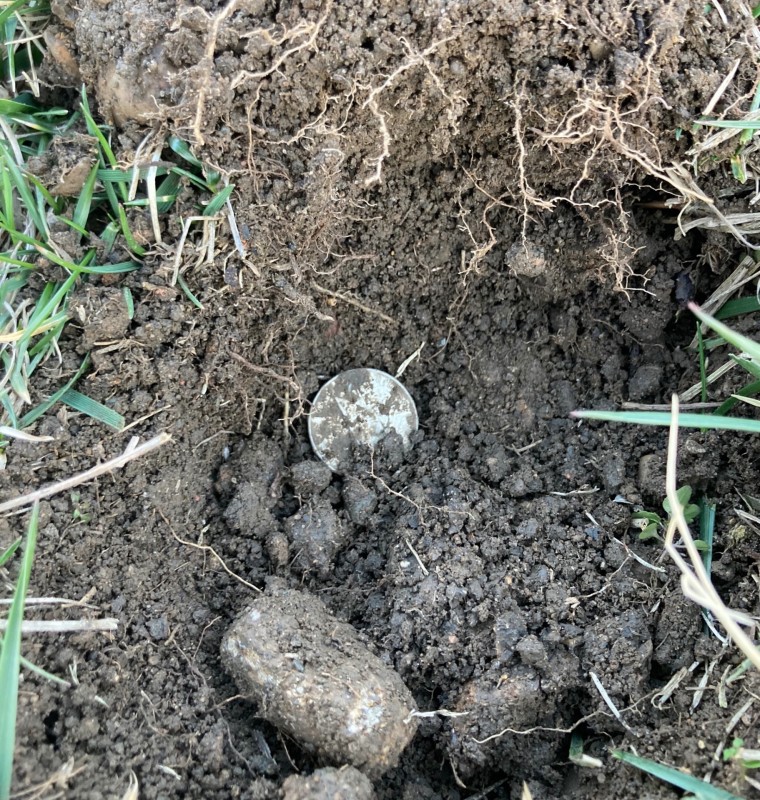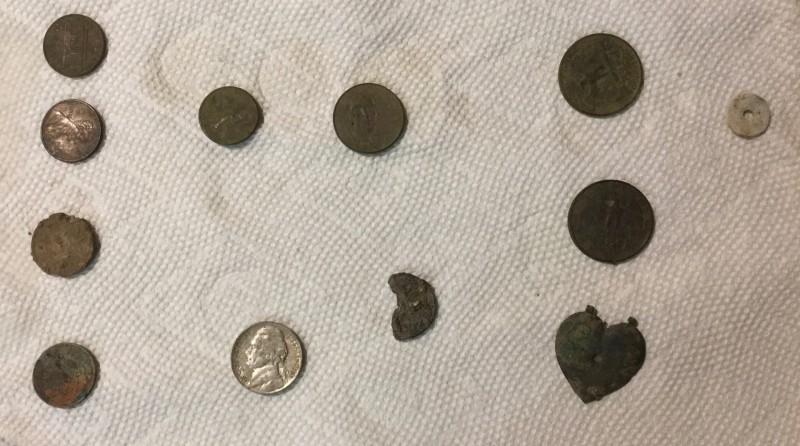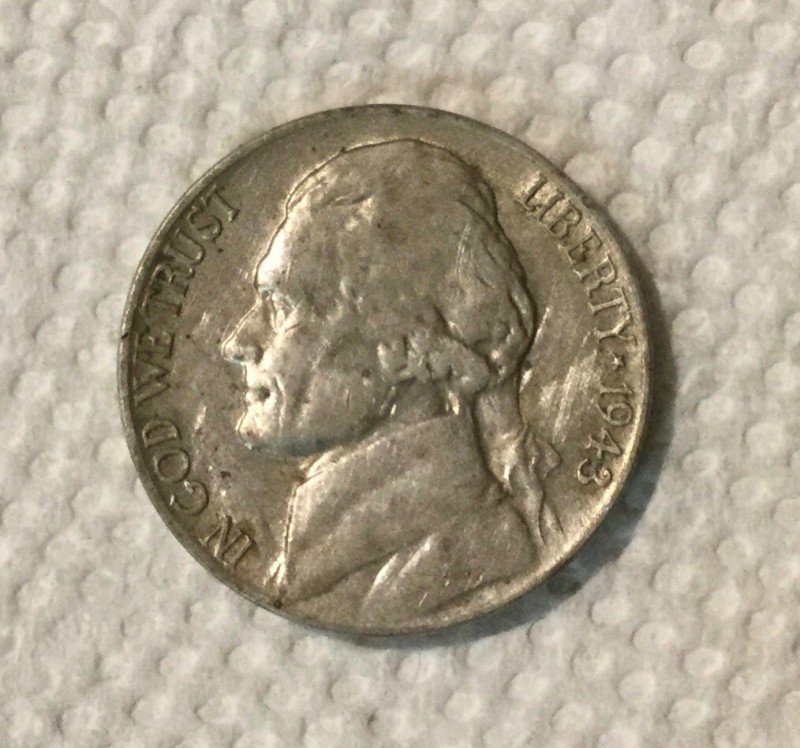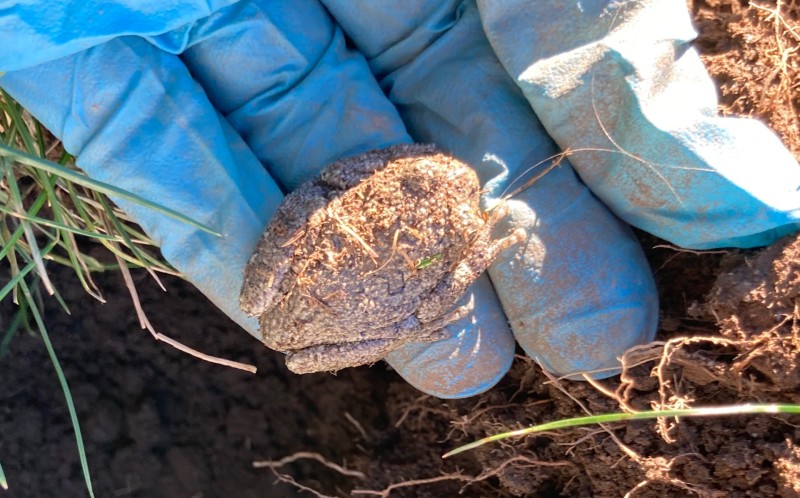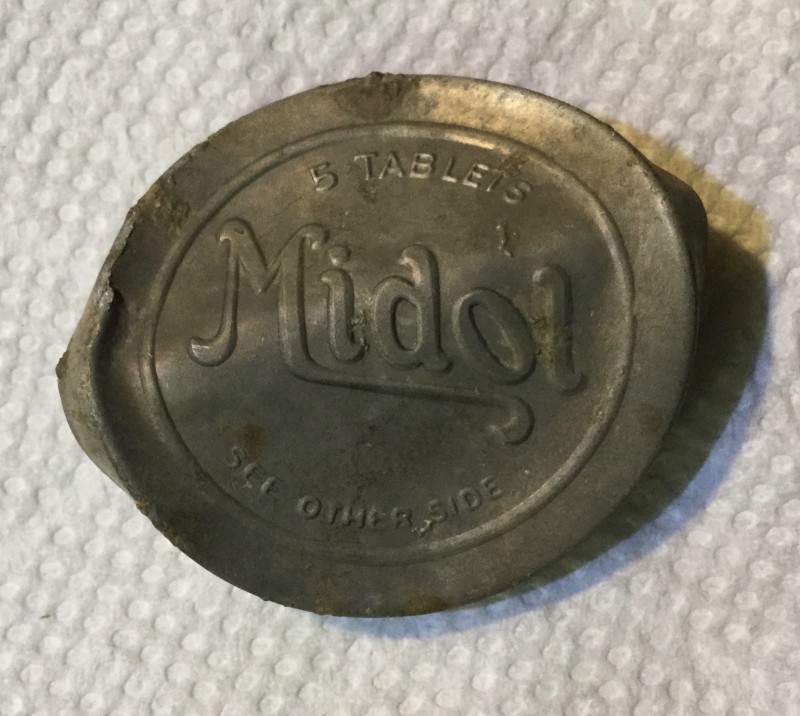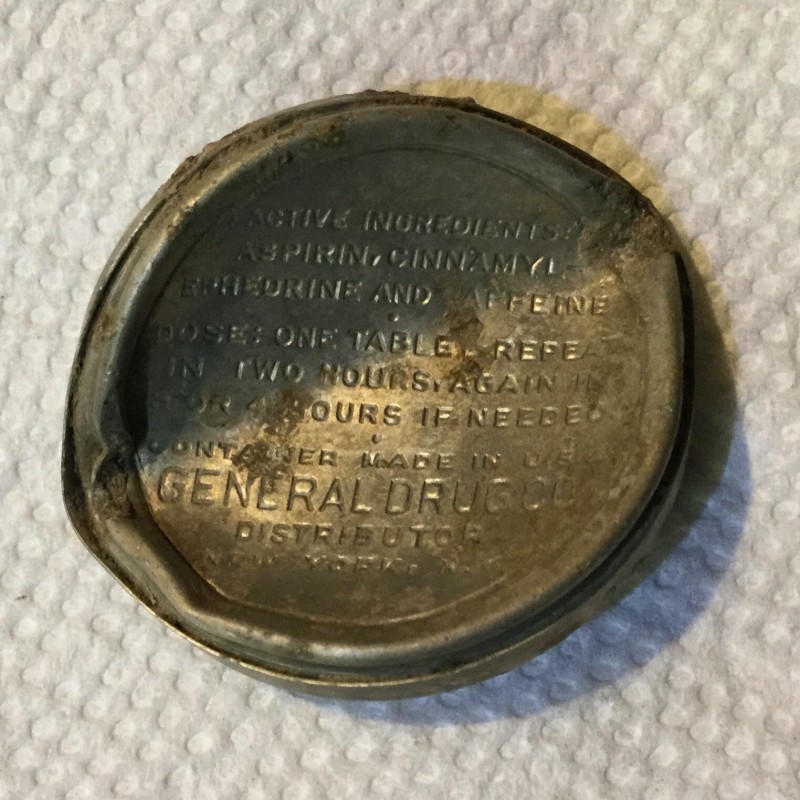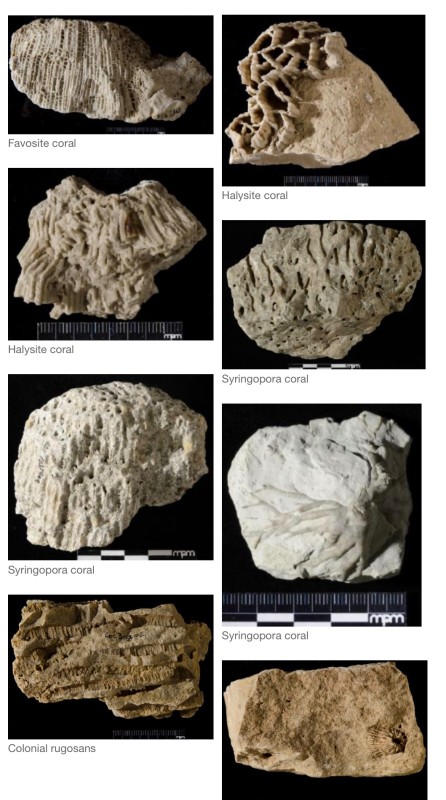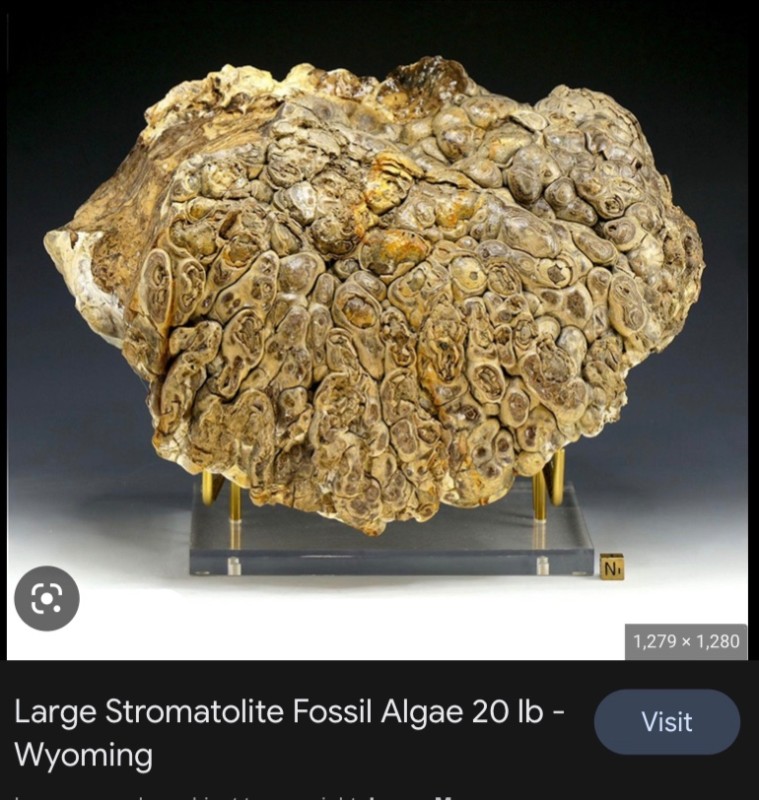-
Posts
339 -
Joined
-
Last visited
Content Type
Forums
Detector Prospector Home
Detector Database
Downloads
Everything posted by Geologyhound
-
Tones and audio options seem to be the most confusing part of the D2. The XP manual needs to take a couple extra pages to explain the options and especially the interactions between tone options and audio options. If I am understanding this correctly, then I think I might have the tone section figured out. Full tones = Pitch change according to TID, but no volume change. Multi tones essentially like Full tones but you get to select how many tone bins and the range of TIDs to which the pitch applies. Pitch tones = pitch and volume of signal varies according to target size and depth. But, here is where I get more confused. How do these tone options interact with the audio type? For example, as per the XP manual, square and pitch theoretically wouldn’t be compatible because as per the square explanation, the harmonics don’t vary with the signal amplitude - only the volume changes. But, pitch says the tone and pitch varies with signal strength. Likewise, if the volume is stable for full or multi tones regardless of target strength, then how does that react with square since the volume should change based on depth or size? For PWM, is it just essentially the opposite of square? The tone varies with the signal strength to give an indication of depth or size whereas with square the volume changes? And again, how would that react with the Full/multi/pitch tone options? It really appears like there may be six audio options (PWM and square with the three discrimination-tone sub-options of full, multi, and pitch). However I did notice that none of the stock programs utilize PWM with pitch, although the machine will let me select those together for a custom program. Are these audio/tone options just a matter of taste, or in what situation would each of these options be most beneficial? With all these options, I am still trying to figure out what I am hearing and why. I keep shuffling between programs trying to discern differences every time I find a decent target. But, I’m digging more can slaw and tinfoil wads than with my 30-year old detector (yes, it was time for an upgrade). 😏 I expected a dig-everything phase with a new detector. But, if I can understand what’s going on with the interactions between tones and audio settings, I might be able to shorten the length of that phase... Anybody can dig a strong repeatable well focused 94 - it’s understanding all of the nuances and interactions that make the difference on everything else, and I want to understand those nuances! If a response to this subject is too complex for a post, and there is an aftermarket handbook you can point me towards which addresses this subject, that would be great. Thank you again for any light you can shed on the situation!
-
Hello all! I am a bit new to the D2 here. I have a couple questions regarding tone settings. In the menu system, it appears that multi tones are different from pitch tones. If you set up four tones (with the low tone corresponding to the discrimination setting), and leave it at four tones when you save the program, will that act differently than pitch tones? Conversely, if you set up your tone bins and switch back to pitch tones to save that program, will you still get the same tone bins while hunting? Along the same lines, when you set up your tone bins, there is no gap for the notched out areas. I am guessing that when hunting, any tone in a notched out area will be suppressed. But does that work differently between multi tones and pitch tones - if there is a difference? Thanks!
-
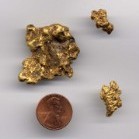
Hello Everyone! First Post From Sw Oregon
Geologyhound replied to 338Edgeshooter's topic in Meet & Greet
Welcome aboard from SW Ohio (formerly southern Oregon coast)! -
I am used to a threshold hum, and everything that gets discriminated out causes the hum to disappear. With the D2 threshold I am getting more of a Morse code rapidfire beep than a steady hum. The threshold still drops out from time to time which I assume is what is discriminated out. I am also getting a lot of lower pitch bweeps and bwoops. I am thinking those are targets which were notched out? Yes, I hate the notion of missing a gold ring. Granted they are few and far between, but they are what I remember most about detecting with my XLT. But for learning (especially if I’m going to be digging larger deeper holes than I have historically done), I figure digging a few less targets/hour temporarily (until I can get more comfortable with the D2) is acceptable. I’ll then branch out to other programs/settings after a bit more field time. F350Platinum, I have heard a lot of good things about your Relic Reaper program, and I have some sites where I would eventually love to test it. But, in the vein of walking before running, I think I will get a bit more time on the D2 before actually trying it. From some of the other posts I have seen, I understand you don’t want the settings published, and that is fine by me. If anyone asks, I will refer them to you. So yes, I would be very grateful if you would PM it to me. Out of curiosity, is that starburst a military badge of some sort? Thank you all for your advice and input!
-
First hunt with the D2 at some old residential properties. I experimented with some of the stock programs, but spent most of the time in Rattlehead’s Silver Slayer. The pitch tones are more like what I am used to with my Spectrum XLT. I have some more learning to do on the nuances. I dug to 14 inches for an electrical outlet cover plate, and over 12 inches for a crushed pop can a couple times. I abandoned another hole at 17 inches (signal around 92-95 and still dead centered) when my Pinpointer still couldn’t pick up a target and the gravel was a big pain. I figured it was not a coin at that point. I dug a number of pieces of aluminum flashing. I wish I could figure out how to ignore those. I am certain I missed several of these targets with my old detector. One had a bulldog clamp over the top of it, and couple others were under a bunch of wire. One of the nickels was actually on edge between two bricks on a step. No silver, but not a bad afternoon. Three wheats - 1914, 1942 and 1944. Unfortunately the 1914 is a P, and the 1944 is not steel. The ring is a corroded kid’s ring. The interesting finds were the paramount star Gary Cooper popsicle medal, and the Health-O Representative good luck piece. Both of these finds are from the 1930s. Don’t know if you can see it on the picture, but before WW2 the swastika was considered a good luck symbol...
-
Well it arrived! Both the remote and puck were on version 0.6. I managed to get the remote updated but the puck was more difficult. It kept jumping to the volume screen. Then both buttons on the left would act as minus and both buttons on the right would act as plus. Is this normal? I don’t know how many times I turned the puck off and back on before I was finally able to get to the update screen. It took a while, but I finally have everything paired and updated, charged and assembled with one exception. It looks like the cap on the MI six was overtightened at the factory, as I noticed the cap was cracked right after I removed it from the box. I tried to remove the cap to see the charge port, but it won’t budge. The dealer hasn’t emailed my receipt yet, and I understand I cannot register it without proof of purchase. And I can’t get it replaced until I can register it and file a warranty claim. So I guess I will need to use my old White’s Bullseye for a while longer. ☹️ At least I can take the detector out tomorrow...
-
Tracking says mine is out for delivery and should arrive by 7 PM tonight! I downloaded a copy of the Excel Deus 2 program log spreadsheet in anticipation (big thank you to Brad Plohman). I converted that to the current version of Excel and formatted it to print double sided on 11 x 17 paper. Now I have all the factory programs on one side and all the save slots on the back side of the paper. This should make a good field reference to help me figure out how different settings affect target response in the field.
-
My D2 should arrive this evening. I grabbed a copy of this spreadsheet too. Thanks!
-
Good to know! I was wondering about that. Do you find soil mineralization and or EMI ever interferes with that?
-
Yeah, I had not thought about a second shaft. But from what I have heard, I may need a non-XP shaft right off the bat...
-
I am perhaps not the best person to respond to this as I don’t have one yet. But I know the manual says there are three preset programs and one save slot for the MI6 (it also says the four programs on the remote are different from the four on the MI6). The manual does make it clear that you can adjust the tone of the MI6 to suit your hearing and you can pair it with the remote/headphones. However, the Pinpointer manual says there are seven programs with program number seven being the link to the D2. Not sure which is correct, but I figure I’ll find out in a few days.
-
This is another reason why I went with the Deus. I figure I can add another coil later and since I have the WS6, I could run the full version and one of my kids could run the master version for just the price of the extra coil.
-
I typically hunt old parks, picnic groves, historical schools, fairgrounds, residences, etc. But, I would love to use it around old Civil War camps or battle sites if I can get permission. I would really like to find a Civil War bullet. Not too many beaches around my neck of the woods in the Ohio-Kentucky-Indiana tri-state area. But, I have hunted some old swimming holes and beaches with my XLT in years past.
-
Thanks, and I may have to ask for some pointers!
-
Figuratively if not literally (wished they still had pinpointing triggers). Ordered a new Deus 2 full 9” with WSA2 XL and MI6 today. Should arrive by Friday!
-

Large Carbonaceous Meteorite?
Geologyhound replied to obieblue's topic in Metal Detecting For Meteorites
How large is your specimen and in what sort of environment did you find it? Carbonaceous chondrites, while very common in the solar system, are very uncommon on earth. They tend to weather easily and are easily mistaken for earth rocks. Since you describe it as grainy like sand, I am thinking it may be a tafoni (honeycomb or Swiss cheese-like) weathering patten on a piece of sandstone. This kind of weathering is common in arid environments. But as a kid, I also found a lot of rocks like that along sections of the Pacific coast. Take a very close look at it with at least a 10 power hand lens. Are the individual grains spherical? Sandstone can have rounded, angular, or sub angular grains. But if your individual grains are not comprised of at least a significant portion of spherical grains, then I would say it is a terrestrial sandstone. Another thing to look for would be the composition of the grains. If your grains are composed of olivine (glassy green) and pyroxene, then the odds of it being a meteorite would be greatly increased. But, if you simply have quartz grains, then it is a sandstone. -

Plz Help Identify These Rocks
Geologyhound replied to paulmars's topic in Rocks, Minerals, Gems & Geology
The banded rocks are Thundereggs - the state rock of Oregon. I would hazard a guess those are from the “Red Bed” at Richardson’s Rock Ranch in Madras, Oregon. You can look up Richardson’s on the internet. It is a fee-dig location open to the public. I have a couple tubs of Red Bed eggs I have been cutting with my rock saws over the years. -

Metal Detecting Saves Valentines Day!
Geologyhound replied to CPT_GhostLight's topic in Metal Detecting For Jewelry
Found this at the USA Military Medals Armed Forces Super Store: https://www.usamm.com/products/army-achievement-medal -

Age Of Old Midol Tin?
Geologyhound replied to Geologyhound's topic in Metal Detecting For Coins & Relics
That gave my wife a good laugh! 🤣 -

Age Of Old Midol Tin?
Geologyhound replied to Geologyhound's topic in Metal Detecting For Coins & Relics
Thanks! That sounds like the same site I saw. I just didn’t want to mention it here... Odd that there does not seem to be any reference to round tins until the 1940’s, but they had a different logo style. -
Went hunting this afternoon at a recently demolished old house site and a 100 year old school. I about fell over backwards when part of the dirt started to hop away! Found a half cent, although perhaps not as that term is normally used... 😁 Found the usual trash (can slaw, wire bits, thicker aluminum and brass fragments, etc.) along with an assortment of modern coins, one toasted 1941 wheat, a small Midol tin, and a war nickel (my second). This one is a 1943 P. Always love to see that color fall out of the dirt! Happy hunting!
-
Found this while hunting a 100 year old school and an old torn down house lot. Anybody know the age? I have seen a couple online but nobody lists the date. The logo style appears to be similar to some of the rectangular tins from the 19 teens, but I can’t find anything definitive.
-
I am thinking some sort of coral. Do you happen to have any dilute hydrochloric acid (0.1M)? If you drip some on it and it fizzes, then it is a carbonate limestone. Vinegar is a much weaker acid but will form some bubbles over time on carbonate. See if any of the attached pictures look like it.
-

Help Me Identify This Strange Looking Rock
Geologyhound replied to casi's topic in Rocks, Minerals, Gems & Geology
Hmm, I posted another update to this earlier today, but it seems to have been lost. So, if that earlier post pops up then this is a duplicate. In that case, my apologies. Anyway, upon looking at the rock closer, it looks like the “grains” are not round. A better option may be a fossilized algal mat (stromatolite). Imagine a cut or broken section of the attached picture. Does that look about right?


